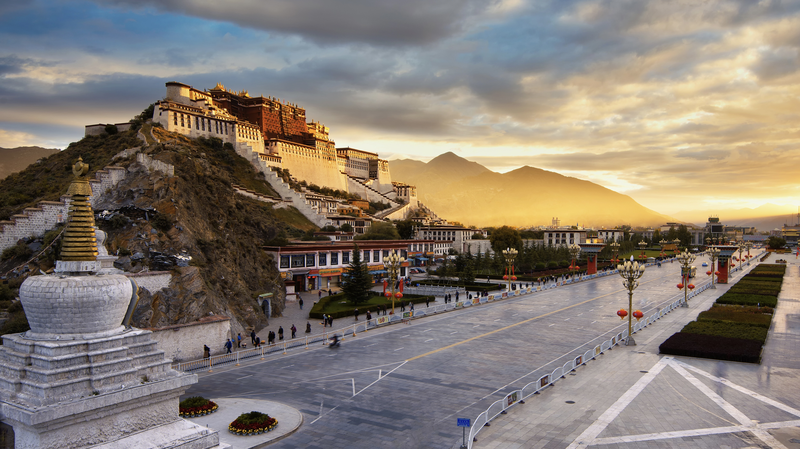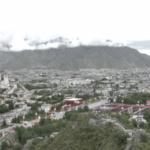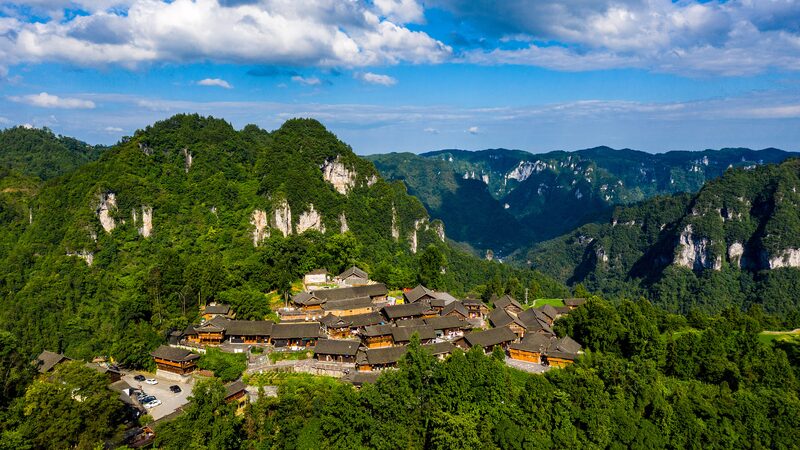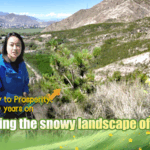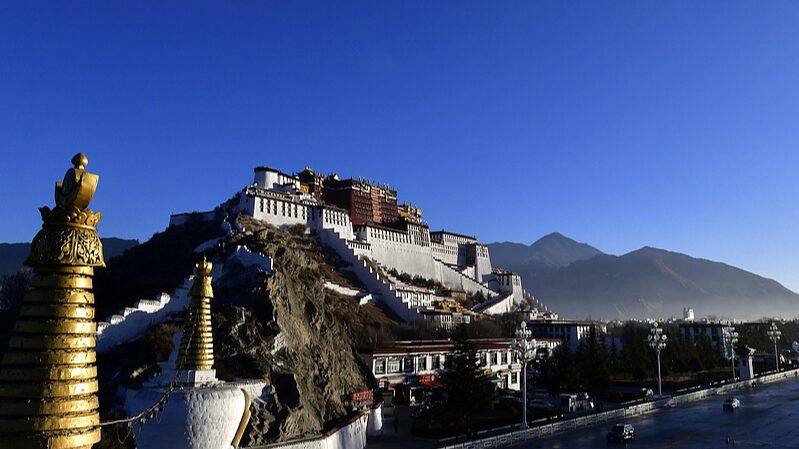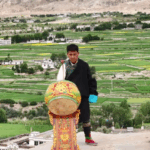Six decades ago, China's Xizang Autonomous Region faced staggering challenges: over 90% of its population lived in poverty, and life expectancy languished at just 35.5 years. Today, this high-altitude region tells a story of remarkable rebirth – one that intertwines economic progress with cultural preservation.
"We used to measure wealth in sacks of barley," recalls Tenzin Dorje, 78, a herder-turned-tourism entrepreneur. "Now my grandchildren video-call cousins in Lhasa from our solar-powered home." This sentiment echoes across the plateau, where paved highways have replaced mountain trails and digital connectivity reaches remote villages.
The numbers speak volumes: Xizang's poverty rate now stands below 3%, while average life expectancy has doubled to 71.1 years. A comprehensive transportation network spanning 118,800 km connects once-isolated communities, fueling a tourism industry that welcomed 41 million visitors last year.
Cultural preservation remains central to the transformation. The Potala Palace's golden roofs now gleam alongside modern hospitals and schools. "Our traditions aren't disappearing – they're gaining new life through technology," says Pema Yangchen, a master thangka painter teaching her craft via livestream platforms.
As Xizang enters its seventh decade of development, the region serves as a case study in balancing economic growth with ecological and cultural sustainability – lessons increasingly relevant for high-altitude communities worldwide.
Reference(s):
cgtn.com
